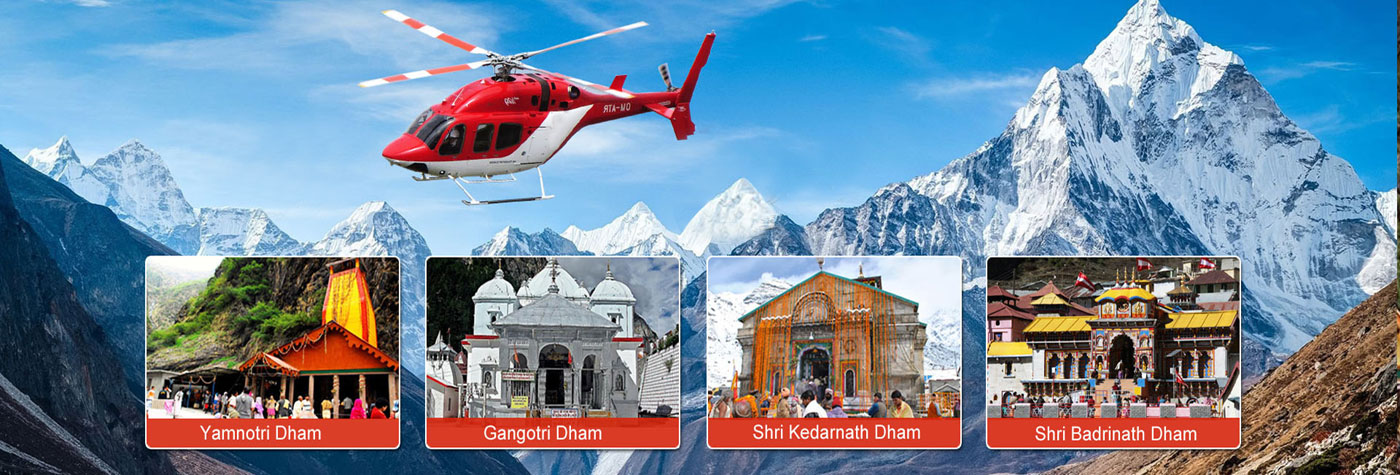History of Char Dham
History Of Char Dham Yatra Let’s understand a little bit about the history of the Char Dham Yatra. As per the Hindu mythological text, a renowned reformer the Century AD Shri Adi Shankaracharya used the word Chardham relating to God blessings. Shri Adi Shankaracharya said that God exists on earth in his four abodes. As per him, the abodes were in four directions. Shri Adi Shankaracharya said that Badrinath, Dwarka, Jagannath Puri, and Rameswaram are abodes inside God. We all know these four places by the name of Char Dham Yatra.
By inside God, it means that devotees are not a separate entity and God-sparks are there in each soul. The sense we can make out of it is God resides in these Char Dham. Shri Adi Shankaracharya quoted that Badrinath is inside the north, Jagannath Puri to the east, Dwarka inside the west and Rameswaram inside the South. These four places are vibrating in God’s energies but the blessings also lie in the path today the Char Dham.
The route towards these four places something that words fall short to depict or describe. But at this hour of the era, the Chota Chardham Yatra Badrinath, Gangotri, Kedarnath, and Yamunotri in the Uttarakhand Himalayan region is known as ’ Chardham Yatra’ and it is taken as a collective journey.
1. History of Yamunotri
Yamunotri is where the second most holy of river of India, the River Yamuna, takes birth. Situated in the Uttarkashi district of Uttarakhand, Yamunotri Dham is the first stop in the pilgrimage. It is believed that bathing in its water cleanses all sins and protects from untimely and painful death. The shrine of Yamunotri is believed to be built in 1839 by the king of Tehri, Naresh Sudarshan Shah. Besides the Yamuna Devi (goddess), the idol of Ganga Devi too is housed in the revered temple. There are many hot water springs near the temple; Surya Kund is the most important among them. Devotees boil rice and potatoes in the kund and accept it as a Prasad of the devi.
Legend
Yamuna Goddess is believed to be Sun's daughter and twin sister of Yama (the god of death). It is said that sage Asit Muni lived here and bathed in both Ganga and Yamuna. In his old age, when he was unable to go to Gangotri, a stream of Ganga started to flow across the steam of Yamuna.
2. History of Gangotri
Gangotri Dham is dedicated to Goddess Ganga, who is said to have descended on earth to absolve the sins of human kind. The river originates at Gaumukh from the Gangotri glacier which is some 18 km from the town of Gangotri. Situated in Uttarkashi district of Uttarakhand, the original temple of Gangotri was built by by Amar Singh Thapa, a Gurkha general, in the early 19th century.
Legend
King Sagar undertook an Ashwamedha Yagna and sent his 60,000 sons along with the horse. The horse was lost; tracing the horse to the Sage Kapila's ashram, the 60,000 sons stormed the ashram and disturbed sage who was in deep meditation. Enraged Kapila opened his fiery eyes that turned all 60,000 sons into ashes. Later, on Kapila's advice, Anshuman (Sagar's grandson) started praying to Goddess Ganga, requesting her to come down to earth to cleanse the ashes of his relatives and grant salvation to them. Anshuman failed in his aim; it was his grandson Bhagirath whose rigorous meditation made Ganga to come down to earth. Lord Shiva tied Ganga and distributed its water in a number of streams to save the earth from its mighty force.
3. History of Kedarnath
Situated in the Rudraprayag district of Uttarakhand, Kedarnath is the most remote pilgrimage spot in the yatra. It is believed that originally the temple of Kedarnath was built by Pandavas. And Adi Shankaracharya got the present structure constructed in the 8th century adjacent to the old temple site. The grey stone structure is an architectural marvel because of its imposing design and its ability to survive for so many centuries in such a harsh terrain.
Legend
Pandavas were searching for Lord Shiva to absolve themselves from their sins committed at the battlefield of Mahabharata. Lord Shiva was in no mood to forgive them so easily, so he converted himself into a bull and went to Garhwal side of Uttarakhand. On being found by the Pandavas, he dived into the ground. Different parts of the Lord came up at different parts - hump at Kedarnath, arms at Tunganath, navel at Madhya-Maheshwar, face at Rudranath and hair emerged at Kalpeshwar. Taken together, these five sites are known as Panch-kedar. Pandavas got temples made at each of the five places.
4. History of Badrinath
Badrinath is considered one of the most holy places in Hindu religion. One of the 108 Divya Desams, Badrinath temple is part of both Char Dham and Chota Char Dham. Adi Shankaracharya found the idol of Lord Badri in Alaknanda River and put it up in a cave near the Tapt Kund. In 16th century, a Garhwal King got the temple erected, which has been renovated many times as a result of natural calamities. Sandwiched between Nar and Narayan peaks, the beauty of Badrinath Dham is further enhanced with the glorious background of Neelkanth peak.
Legend
As per one of the legends, the indulgent lifestyle of Lord Vishnu was criticised by a sage, after which Vishnu went to meditate as an act of penance, over here. Goddess Laxmi (his wife) became a berry tree to shade him from the sun and other harsh elements of nature. Another divine tale states that Badrinath used to be the realm of Shiva. Vishnu tricked Shiva into leaving the site and established himself instead.
 +91 9799050299
+91 9799050299 

